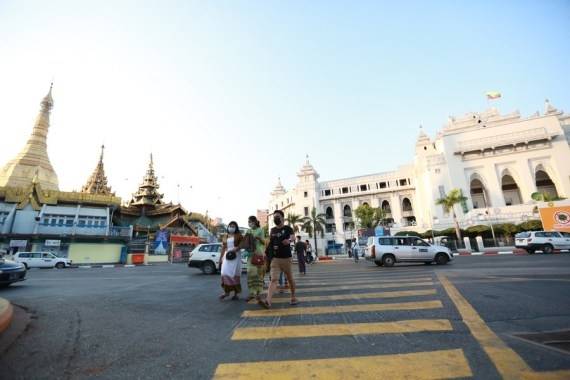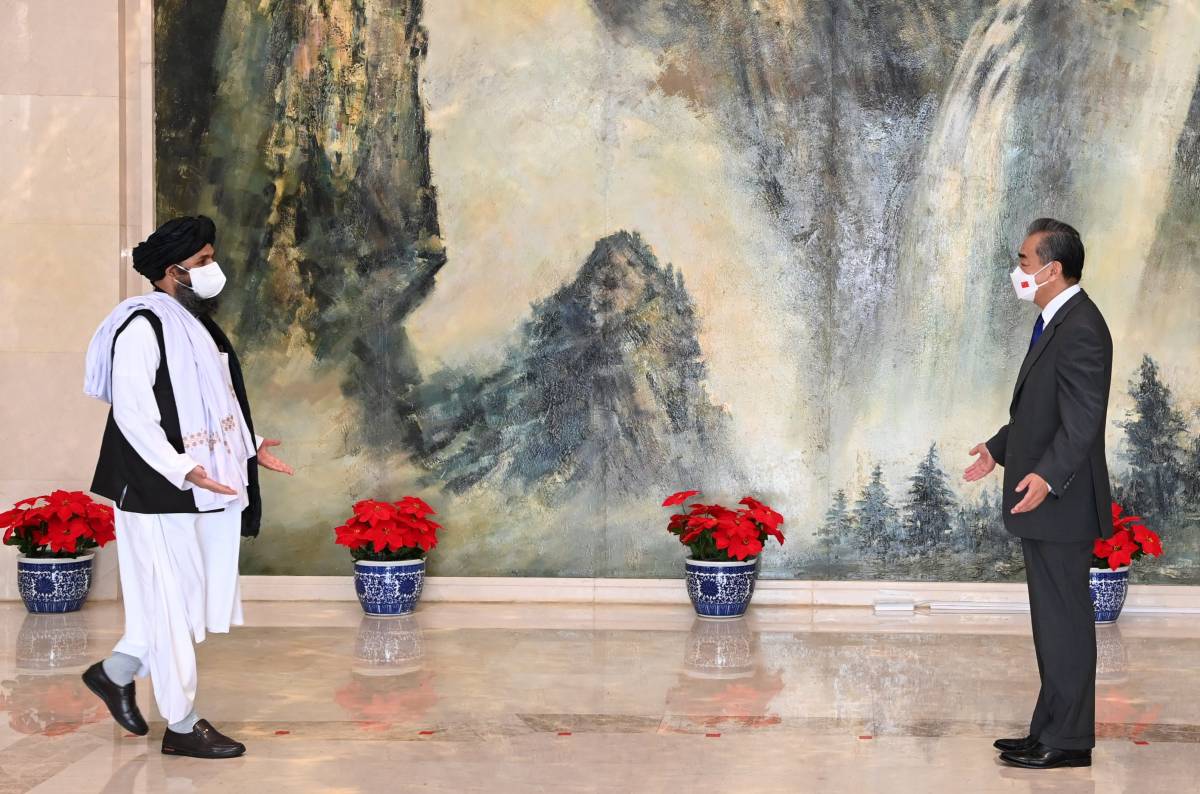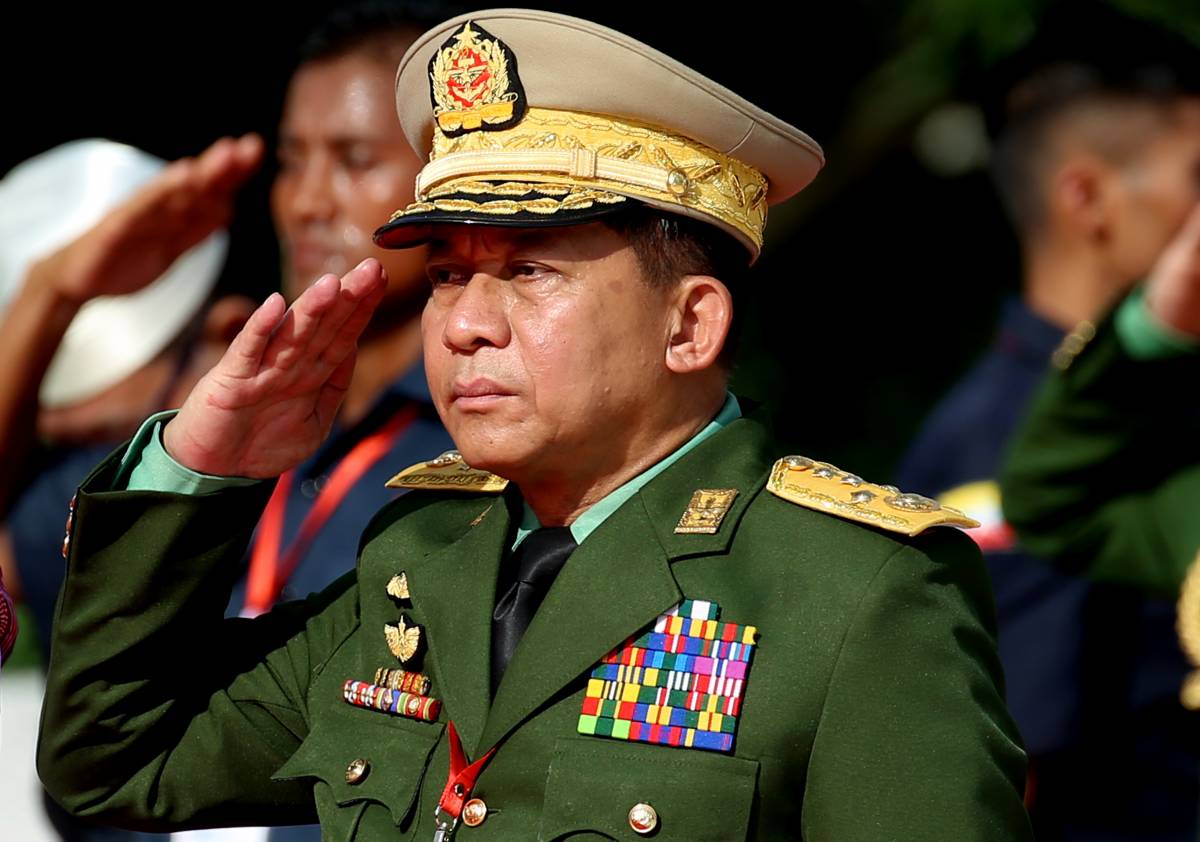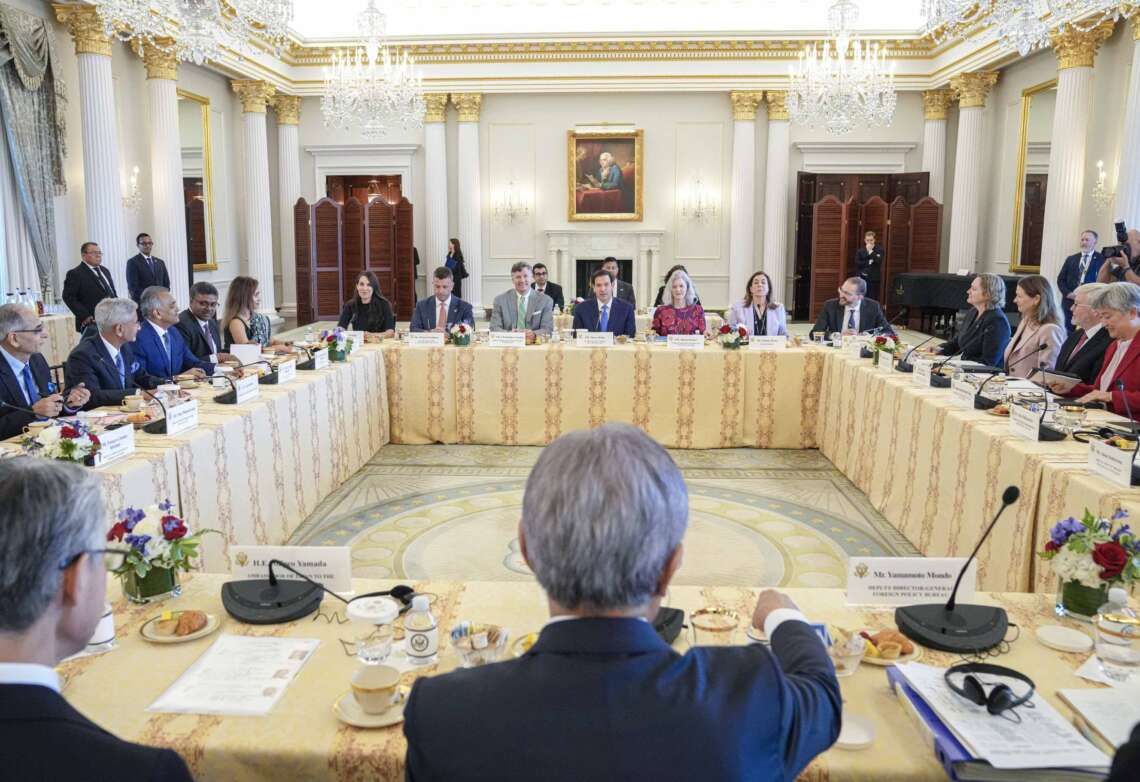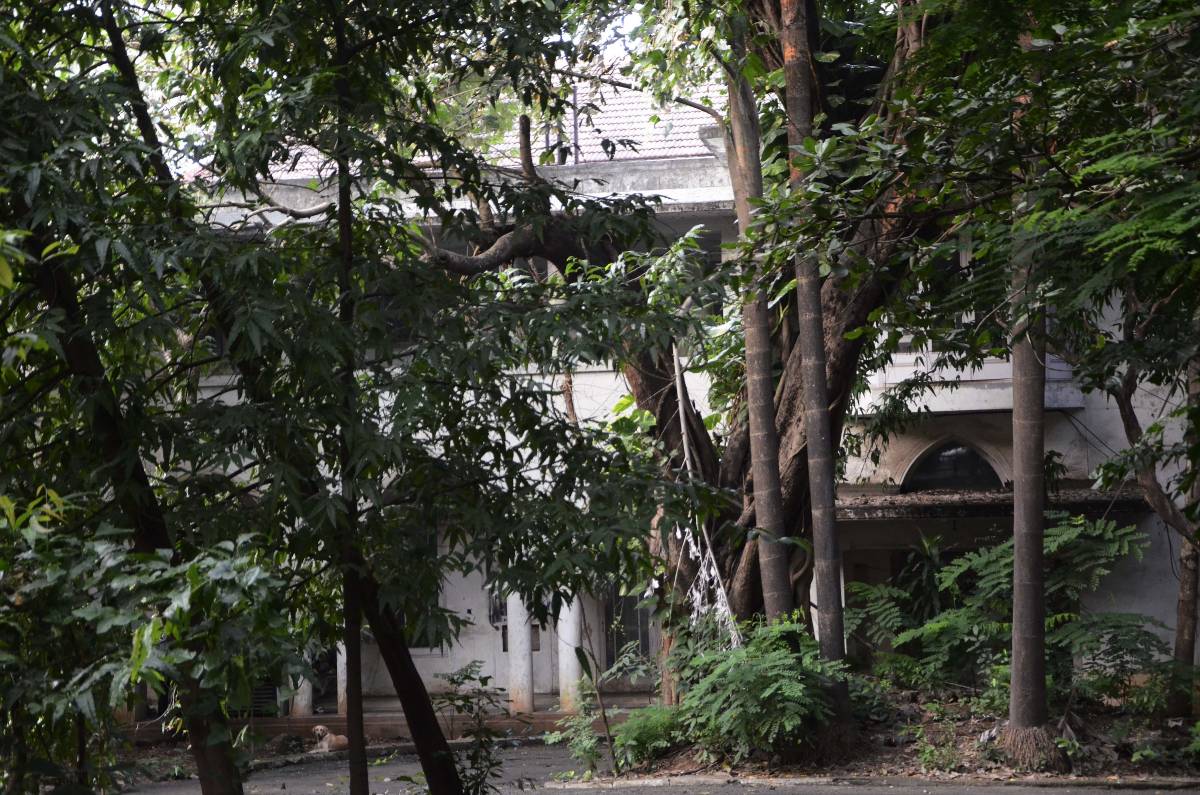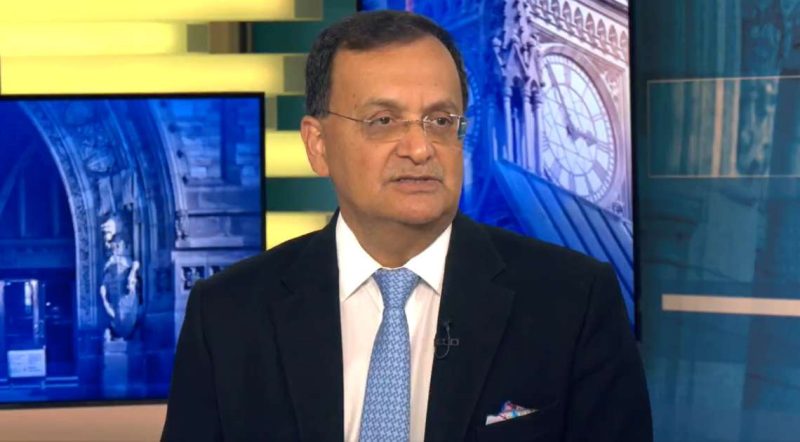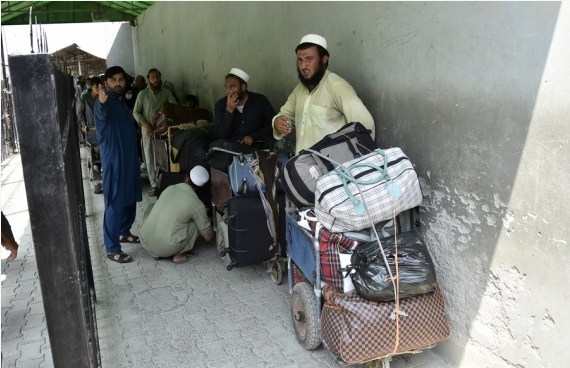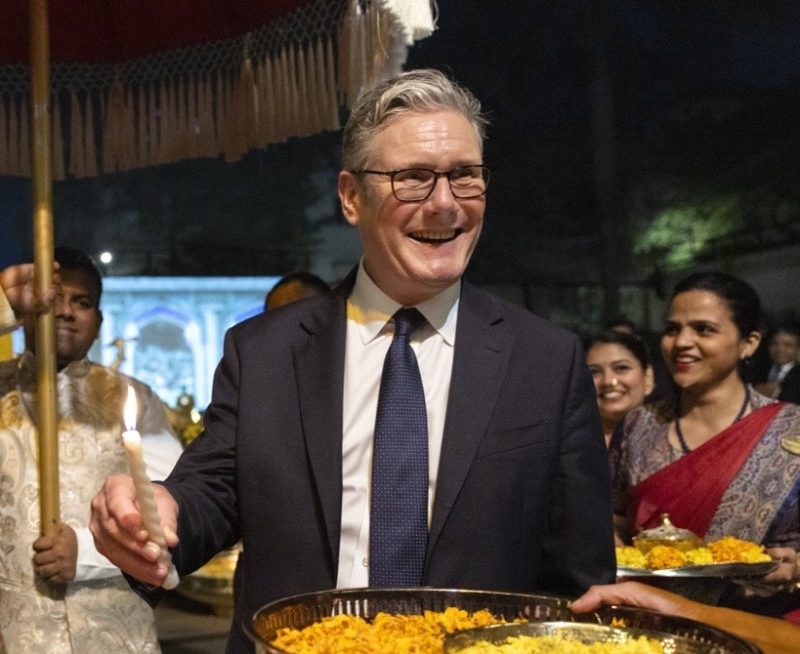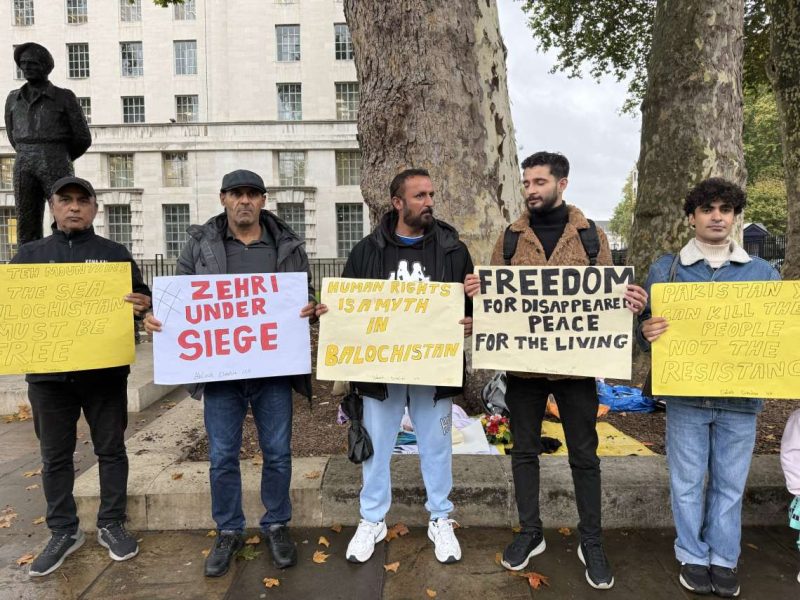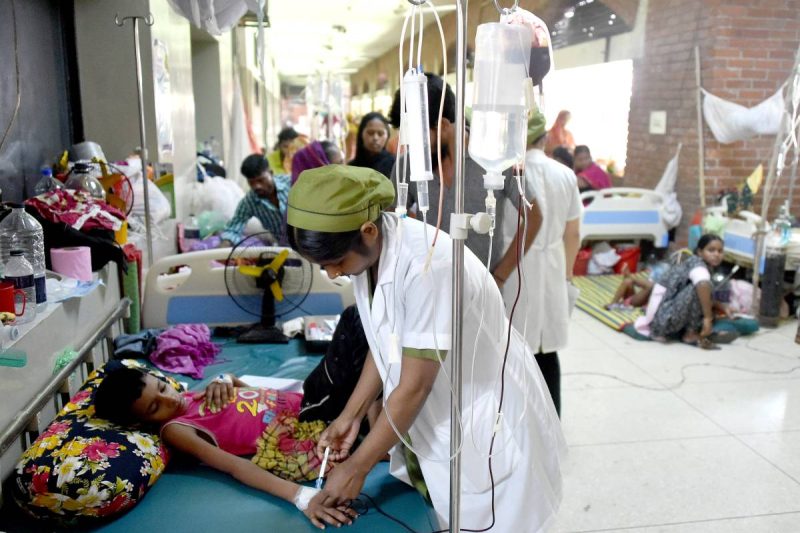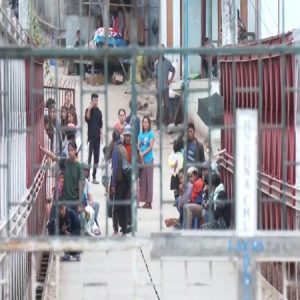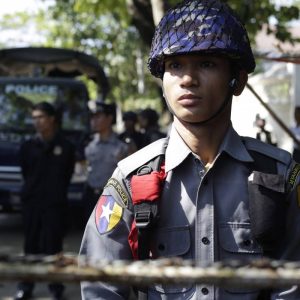Despite the junta using brutal methods like scorched-earth tactics and a war of attrition against the resistance, it has not been able to consolidate its position in the country, particularly in small towns and rural areas, writes Baladas Ghoshal
After nearly a year and a half since the military junta led by army chief General Min Aung Hlaing seized power and formed the State Administration Council (SAC) in Myanmar, the country is steeped in a civil war with no end in sight. There seems little possibility of reconciliation between the junta and large-scale resistance groups, which are gradually increasing their operational capabilities with the help of the old detractors of the military regime.
Apart from the traditional Kachin Independence Army (KIA) and Ta’ang National Army (TNLA), the Myanmar army – also called the Tatmadaw, faces hundreds of local defence forces (LDFs) and urban guerrilla cells. Despite the junta using brutal methods like scorched-earth tactics and a war of attrition against the resistance, it has not been able to consolidate its position in the country, particularly in small towns and rural areas. Peoples militia in the form of Peoples Defence Forces (PDF) and Local defence Forces (LDF) have been somewhat successful, in organising alternative governance structure in their own areas.
Though it may sound a bit exaggerated, the assessment of the situation in the country, according to an observer from the International Crisis Group (ICG) is that 200 townships out of 330 have formed an alternative governance structure. Ethnic Armed Organizations (EAOs) are also expanding their territory of operation independent of the Tatmadaw’s control. From an initial status of a weak rag tag formations without any major weapons and equipment, the resistance groups have now developed formidable strength to throw a challenge to the Tatmadaw.

Opinions among the observers vary, as no one knows the exact situation within the country.
Those who get their feedback from the sources of the National Unity Government (NUG), the shadow government put up by the resistance groups, are overly optimistic about the strength of the opposition and even hope the Tatmadaw may lose its grip on power.
Reports coming out from Myanmar say, it appears the Tatmadaw is now stretched very thinly, and is relying on the police force, intelligence agencies and ad hoc militias to help enforce its will over the population. Reports of military casualties are doubtless exaggerated, but security force losses are high enough to raise questions about the attrition rate, and the sustainability of key military formations.
Apparently, the Tatmadaw looks like a strong force with 500,000 men and great resources at its disposal, control over the economy and business interests, but in reality it has just about 100,000 combat forces. Also, it has to fight a vast array of armed resistance groups across the entire country, particularly in large fronts on the North and North-west of the country.
Twenty different Ethnic Armed Organisations (EAOs) are now increasingly coordinating with the LDFs and the PDFs. This does not, however, mean the resistance groups will be able to overwhelm the Tatmadaw and score a victory over it anytime soon or later. It only means that the security situation within the country has changed in recent months.

The resistance still lacks weapons, equipment and expertise. More importantly, it lacks air power, which the junta uses generously to inflict damage on the resistance. But it is now better organised, better trained and better armed. It reportedly consists of some 259 PDF units, with approximately 80,000-100,000 members. In addition, there are around 250 local defence groups, and 400 other ‘guerrilla forces’ (a term that seems to include both rural guerrilla bands and urban resistance cells), that broadly support the NUG’s aims. The NUG claims that it now controls half of Myanmar, (although this seems to include large areas under the sway of EAOs).
Its leaders speak of ‘going on the offensive’. They also point to growing contacts with foreign governments and international organisations. None of these have formally recognised the shadow government or promised lethal aid, but the junta is becoming increasingly isolated and on the defensive. This is evident from junta leader Min Hlaing’s recent visit to Russia where he had gone to shop for more fighter aircraft against the resistance. The momentum seems to be with the resistance.
At the same time, it will be wrong to make any objective assessment of the situation in Myanmar based on NUG’s tall claims alone. Reports coming out of the country are one-sided, which may not truly reflect the actual situation on the ground. That said, some noted Myanmar-watchers are now revising their pessimistic forecasts. A number has acknowledged that the Tatmadaw is on the defensive, and struggling to meet the challenges posed by the armed resistance. The recruitment of ad hoc militias, the training being given to soldiers’ wives, the use of policemen for military duties and attempts to strike peace deals with the EAOs all suggest a regime under pressure.
Even if the regime is under pressure, it can still withstand the challenge from the resistance groups as long as the Tatmadaw remains largely loyal and cohesive, and as long as the generals continue to be backed by Russia and China, it is hard to see them being defeated by force of arms.

Andrew Selth, an Australian analyst puts it aptly: “The junta may lose control of the country’s periphery (a situation past governments have encountered) and it will face serious challenges elsewhere, but it should still be able to survive in the ethnic Bamar heartland. The regime is clearly in difficulties, but it does not have to win the war to remain in power. It just has to avoid losing it.”
Under the circumstances, political and military stalemate will continue for some time, possibly even years. The situation can of course change if there was a significant shift in the strategic environment, say if a major Tatmadaw combat unit mutinied, or if a foreign government provided the PDF with modern arms, like shoulder-fired missiles.
However, at this stage, such scenarios remain hypothetical. As long as the Ukraine war continues and the world is seized with that, there is hardly any possibility of any foreign government materially supporting the resistance groups with arms and ammunitions without which it would not be in a position to make any fundamental change in the military situation.
The chances of a negotiated settlement are bleak as neither side is in a mood to compromise. The junta has vowed to ‘annihilate’ the opposition movement, which it describes as terrorists, while the NUG has formally declared war on the military regime and rejected any suggestion of a negotiated settlement. “For both sides, the goal is total victory, but such an outcome is likely to prove a chimera,” to quote Selth again.
Myanmar’s problem does not rest only with the political and military solution. The resistance groups consist of diverse groups, each having their own agenda and their own vision of the future state of Myanmar but currently united against a common enemy-the Tatmadaw. Even if they are able to defeat the Tatmadaw hypothetically and the common enemy disappears, differences are likely to appear in the ranks of the resistance as to the future contours of the government and the State. For the time being they have agreed on a Federal Charter but implementing it to the satisfaction of all stakeholders would be a difficult task.
Myanmar’s struggle for democracy accommodating aspirations of diverse groups and formation of an equitable federal government structure is going to be a long drawn out struggle and will require unity among the stakeholders based on compromises.
(The content is being carried under an arrangement with indianarrative.com)


